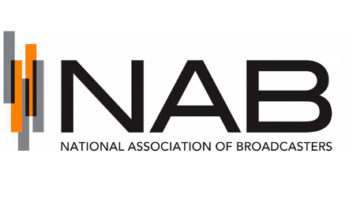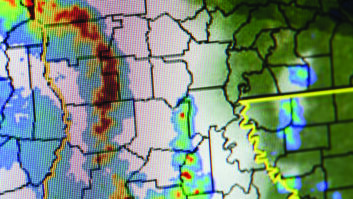This article has been updated with additional information.
The NAB is pleased with the Senate’s passage of a bill aimed at modernizing the Integrated Public Alert and Warning System, or IPAWS.
“As America’s hometown ‘first informers,’ radio and television broadcasters know the crucial need for up-to-the-second information that can keep lives and property safe,” NAB Executive Vice President of Communications Dennis Wharton said in a statement.
The Integrated Public Alert and Warning System Modernization Act of 2015 was introduced by Senate Homeland Security and Governmental Affairs Chairman Ron Johnson (R-Wis.) and Sen. Claire McCaskill, (D-Mo.). It aims to ensure that warnings about natural disasters, acts of terrorism and other disasters or threats are disseminated quickly and effectively across all viable communications platforms. It had been passed out of committee in May; now it has passed the full chamber by unanimous consent.
Among other things the bill would create a National Advisory Committee on Emergency Alerting to help coordinate the EAS efforts of across multiple federal agencies with differing priorities; it also calls for a training program to instruct government officials on how to use IPAWS. NAB has said that these changes will help ensure that all parts of the system — “broadcast alerts, cell phone text messages and other communications pathways” — will develop as an interoperable, unified and reliable system.
A similar bill has been introduced in the House and passed two committees there.
“We thank Sens. Johnson and McCaskill for their leadership on this issue and look forward to working with stakeholders to ensure all Americans have access to emergency alerts,” NAB stated.
As we reported earlier, the Broadcast Warning Working Group — whose membership is made up of several leaders of the U.S. EAS broadcast community — supports the legislation, calling it “a first step to the United States having a true, real and comprehensive public warning policy called for by the Partnership for Public Warning in 2002 following the tragic events of Sept. 11, 2001.”
McCaskill, in a statement, called the Senate action “a terrific next step toward ensuring our communities are prepared and have the best protection possible when we face a disaster or other unexpected event … Now it’s up to the U.S. House to get it across the finish line.”
The familiar Emergency Alert System system is part of the broader IPAWS infrastructure. IPAWS supports sending government alerts to local areas in regional emergencies, as well as national-level alerts from the president. Emergency alerts and info from emergency officials are sent to the public through radio and TV via EAS, cellular phones via Wireless Emergency Alerts (WEA), the National Oceanic and Atmospheric Administration (NOAA) All Hazards Weather Radio, and Internet applications and websites via an IPAWS public feed.












